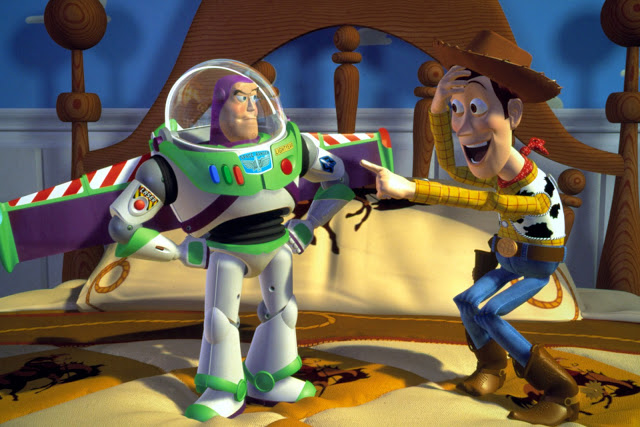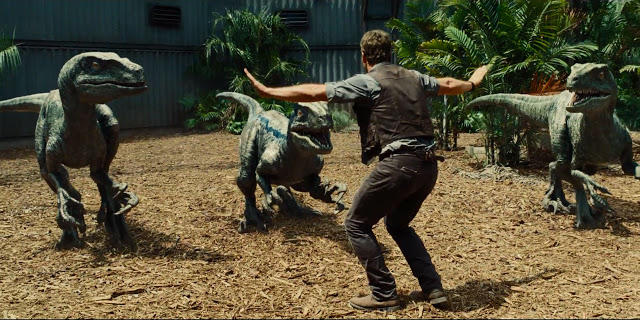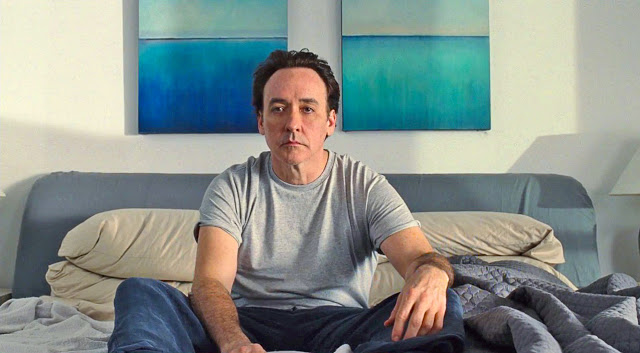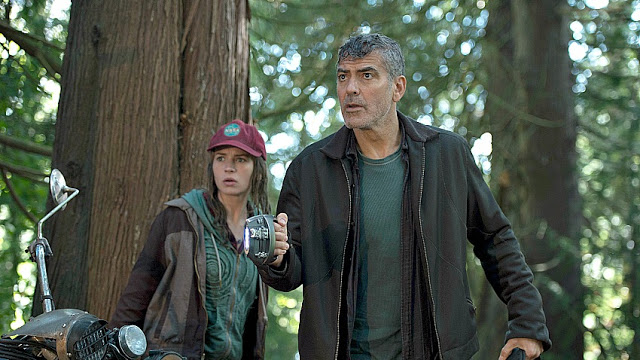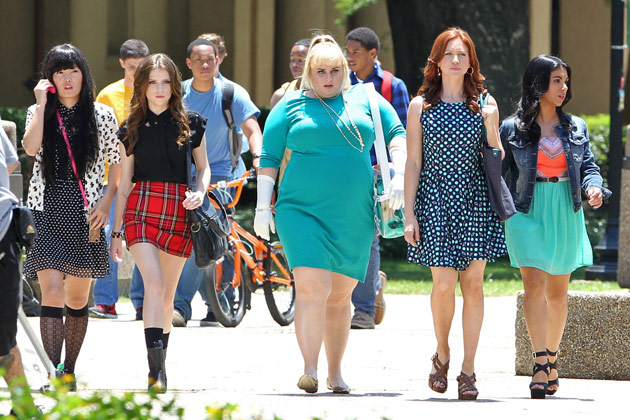To Greatness and Beyond: In Anticipation of Inside Out, Ranking Every Pixar Movie
Pixar is the only movie studio that has achieved brand recognition. You never hear people say that they’re excited about the new Fox Searchlight release or that they’re lukewarm on the latest Warner Bros. picture. But Pixar, through a 20-year, 14-film run of (mostly) extraordinary and original work, has cultivated its reputation to the point that it’s become the industry benchmark for animated fare. Read reviews of animated releases from other companies, and you’ll invariably find comparisons to the gold standard, whether laudatory (“Looks just as good as any Pixar movie!”) or—more commonly—derogatory (“It isn’t bad, but it’s no Pixar.”).
This did not happen by accident. The studio sports a stellar success rate, both commercially and (more importantly, at least in this context) artistically. It is also a model of storytelling consistency, which should not be confused with sameness. The typical Pixar movie exhibits two key characteristics: breathtaking animation and inspired imagination. The rest of the world is gradually catching up on the first front—DreamWorks’ How to Train Your Dragon 2 is an especially gorgeous example—but John Lasseter and his brilliant minions remain comfortably in the lead on the second. There is something magical about the studio’s best works, an ability to transport you to worlds of limitless invention and possibility. But as innovative as these movies can be, they also often carry a profound emotional resonance, grounding their fantastical stories in recognizable human feelings. The old line on Pixar movies is that they’re enjoyable for both kids and adults, but what they really do is temporarily transform curmudgeonly adults into joyous kids. Read More

